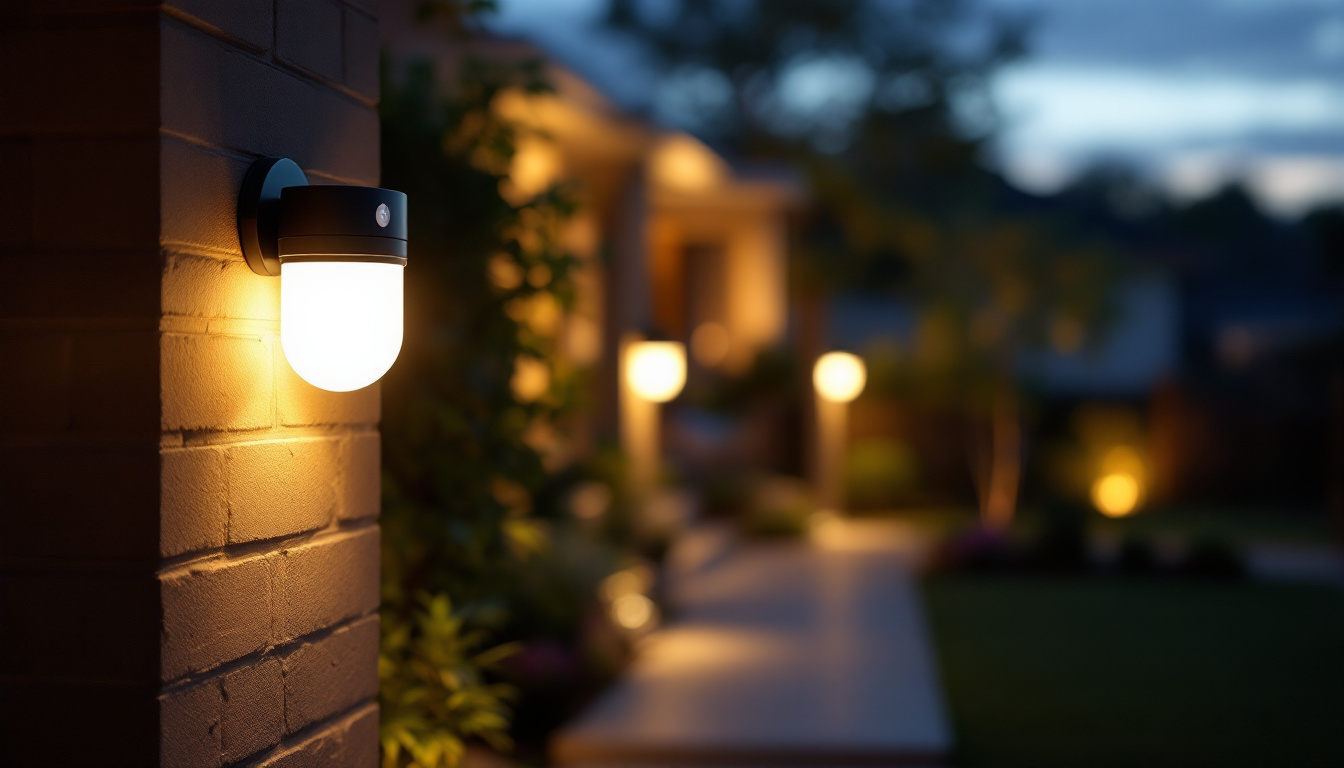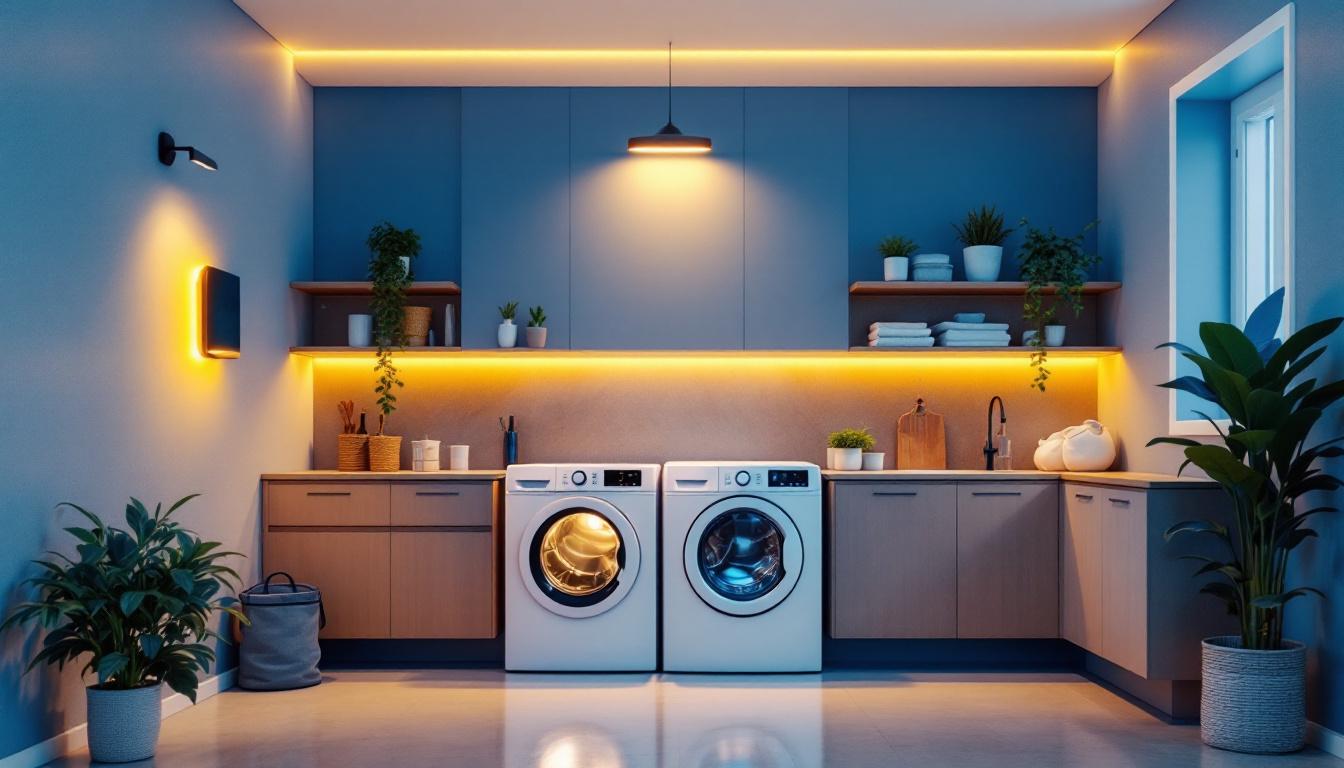
In the world of lighting installation, understanding the nuances of ceiling fabrication is crucial for contractors. The ceiling is not just a structural element; it serves as a canvas for lighting design and functionality. This article delves into the significance of ceiling fabrication, exploring its impact on lighting projects, the benefits it offers, and the best practices for lighting contractors.
Ceiling fabrication plays a pivotal role in the overall aesthetic and functionality of lighting installations. It involves the creation of custom ceiling structures that can accommodate various lighting fixtures and designs. This process is not merely about aesthetics; it directly influences how light is distributed within a space.
One of the primary reasons for investing in ceiling fabrication is its ability to enhance the visual appeal of a space. Custom ceilings can be designed to complement the architectural style of a building, creating a harmonious relationship between the ceiling and the lighting fixtures. Whether it’s a sleek modern design or a classic ornate style, the right ceiling can elevate the entire room.
Moreover, the choice of materials and finishes in ceiling fabrication can significantly impact the reflectivity and diffusion of light. For instance, a glossy finish can enhance brightness, while textured surfaces can create interesting light patterns, adding depth to the lighting design. The use of materials such as wood, metal, or even fabric can introduce unique textures that interact with light in captivating ways, transforming a simple ceiling into a focal point of the room.
In addition to materials, color selection plays a crucial role in ceiling fabrication. Lighter colors tend to reflect more light, making spaces feel larger and more open, while darker hues can add warmth and intimacy. By carefully considering color palettes, designers can create ceilings that not only serve functional purposes but also evoke specific moods and atmospheres within a space.
Effective ceiling fabrication can also improve lighting efficiency. By strategically designing the ceiling, contractors can optimize the placement of fixtures to ensure even light distribution. This not only enhances visibility but also reduces energy consumption, as fewer fixtures may be needed to achieve the desired illumination levels.
Additionally, incorporating features such as recessed lighting or integrated LED strips within the ceiling design can streamline the overall look while maximizing functionality. This approach minimizes clutter and allows for a cleaner installation, ultimately leading to a more professional finish. Furthermore, the integration of smart lighting systems can be seamlessly incorporated into the ceiling design, providing users with the ability to control brightness and color temperature, thereby enhancing both comfort and energy efficiency.
Another innovative aspect of ceiling fabrication is the potential for acoustic treatment. By using sound-absorbing materials within the ceiling design, spaces can be transformed into quieter environments, which is particularly beneficial in areas such as offices, restaurants, and theaters. This dual functionality of ceilings—serving both aesthetic and acoustic purposes—demonstrates the versatility of ceiling fabrication in modern lighting design, ensuring that spaces are not only visually appealing but also conducive to communication and comfort.
Custom ceiling fabrication offers numerous benefits that can significantly enhance the quality of lighting installations. These advantages extend beyond aesthetics, impacting functionality, efficiency, and overall project success.
Every space is unique, and custom ceiling fabrication allows contractors to create tailored solutions that meet specific project requirements. Whether dealing with irregular room shapes, varying ceiling heights, or specific architectural features, custom fabrication enables the design of ceilings that accommodate these challenges.
This level of customization ensures that lighting fixtures are not only installed correctly but also positioned in a way that maximizes their effectiveness. For instance, in a room with high ceilings, a well-fabricated ceiling can help bring the lighting down to a more usable level, enhancing both functionality and comfort. Additionally, custom ceilings can incorporate various materials and textures, allowing for innovative designs that harmonize with the overall aesthetic of the space. This versatility means that designers can play with colors and patterns, creating a visually stunning environment that captivates the attention of anyone who enters.
Investing in quality ceiling fabrication can also increase the overall value of a property. Well-designed ceilings with integrated lighting solutions are often seen as a premium feature, making a property more attractive to potential buyers or tenants. This added value can be a significant selling point in competitive markets.
Furthermore, contractors who specialize in ceiling fabrication may find themselves in higher demand, as clients increasingly seek out professionals who can deliver unique and high-quality installations. This can lead to more opportunities and increased profitability for lighting contractors. The ability to offer custom solutions not only sets contractors apart from their competitors but also fosters long-term relationships with clients who appreciate the attention to detail and craftsmanship. As more property owners recognize the importance of tailored lighting solutions, the market for custom ceiling fabrication is likely to expand, encouraging innovation and creativity within the industry.
To leverage the benefits of ceiling fabrication effectively, lighting contractors should adopt best practices that ensure successful project outcomes. These practices encompass planning, collaboration, and execution strategies that can streamline the installation process.
Before embarking on a ceiling fabrication project, thorough planning is essential. This involves understanding the specific lighting requirements of the space, including the type of fixtures to be used, the desired ambiance, and any special features that need to be incorporated. Engaging with clients early in the design process can help clarify expectations and ensure alignment on the vision for the space.
Additionally, creating detailed drawings and models can aid in visualizing the final outcome. This not only helps in identifying potential challenges early on but also provides clients with a clear understanding of the proposed design, fostering trust and collaboration. Utilizing advanced software tools for 3D modeling can further enhance this process, allowing for real-time adjustments and client feedback, which can significantly improve satisfaction and reduce the likelihood of misunderstandings during installation.
Ceiling fabrication often requires collaboration with other trades, such as HVAC and drywall contractors. Effective communication and coordination among all parties involved can lead to a smoother installation process and avoid potential conflicts. For instance, ensuring that electrical wiring is properly integrated into the ceiling design can prevent costly rework later on.
Establishing a clear timeline and responsibilities for each trade can facilitate better project management, ensuring that deadlines are met and that the project stays within budget. This collaborative approach not only enhances the quality of the installation but also strengthens relationships with other professionals in the industry. Regular coordination meetings can be beneficial, allowing all trades to discuss progress, address any emerging issues, and share insights that can lead to innovative solutions. Moreover, documenting these interactions can provide a valuable reference for future projects, creating a repository of lessons learned and best practices that can be shared across teams.
As technology advances, so do the techniques used in ceiling fabrication. Lighting contractors should stay informed about innovative methods and materials that can enhance their offerings and improve project outcomes.
With a growing emphasis on sustainability, many contractors are now opting for eco-friendly materials in ceiling fabrication. Sustainable materials not only reduce the environmental impact of construction but can also enhance the overall appeal of a project. Options such as reclaimed wood, recycled metal, and low-VOC finishes can contribute to a healthier indoor environment.
Moreover, using sustainable materials can be a strong selling point for clients who are increasingly conscious of their ecological footprint. By incorporating these materials into ceiling designs, contractors can position themselves as leaders in sustainable practices within the lighting industry.
The integration of smart technology into ceiling designs is another innovative trend that lighting contractors should consider. Smart lighting systems, which allow for remote control and automation, can be seamlessly integrated into custom ceilings. This not only enhances user convenience but also allows for dynamic lighting scenarios that can adapt to different activities or moods.
Incorporating smart technology requires a solid understanding of the electrical and technological components involved. Therefore, contractors should invest in training and resources to stay ahead of the curve in this rapidly evolving field.
As the demand for innovative lighting solutions continues to grow, the importance of ceiling fabrication in the industry cannot be overstated. Lighting contractors who embrace custom ceiling designs will not only enhance their project outcomes but also position themselves as forward-thinking professionals in a competitive market.
By understanding the role of ceiling fabrication in lighting design, recognizing its benefits, and adopting best practices, contractors can elevate their work and deliver exceptional results. As technology and design trends evolve, staying informed and adaptable will be key to thriving in this dynamic field.
Ultimately, the future of ceiling fabrication lies in the hands of skilled lighting contractors who are willing to innovate, collaborate, and push the boundaries of what is possible in lighting design.
Ready to take your ceiling fabrication projects to the next level? Look no further than LumenWholesale for all your lighting needs. Our extensive selection of spec-grade lighting products ensures you have access to the highest quality options for your innovative designs. With unbeatable wholesale prices and the convenience of free shipping on bulk orders, you can trust that you’re getting the best value without any hidden costs. Elevate your lighting installations today and experience the best in wholesale lighting at the best value with LumenWholesale.

Discover how strategic sectioning in grocery stores can enhance lighting project efficiency.

Discover expert insights and practical tips for lighting contractors on selecting and installing outdoor motion sensor lights.

Discover the essentials of LED laundry room lighting with our comprehensive guide tailored for lighting contractors.

Discover why the 2×4 LED panel light is a game-changer for lighting contractors.